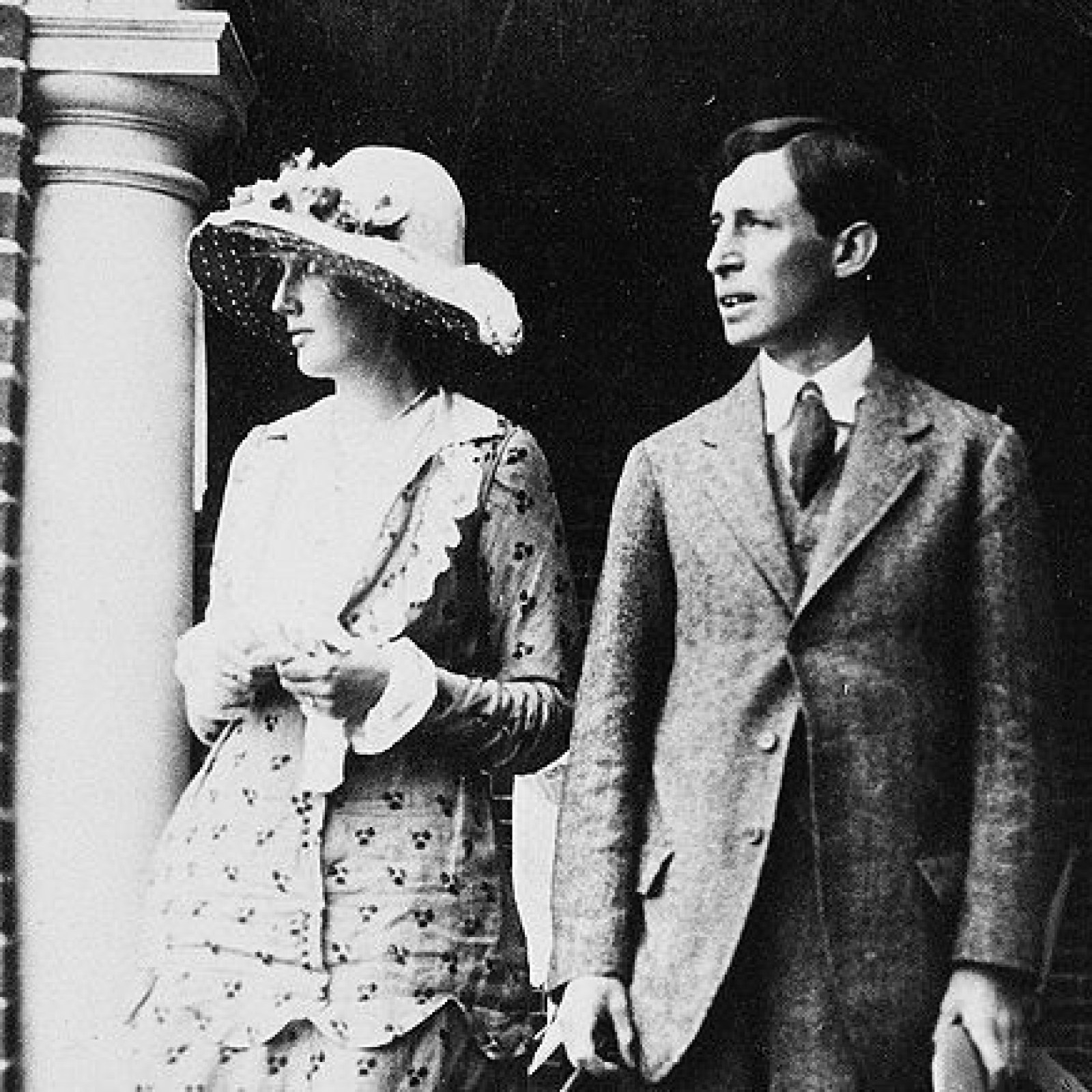
Smithsonian Institution created
After a decade of debate about how best to spend a bequest left to America from an obscure English scientist, President James K. Polk signs the Smithsonian Institution Act into law on this day in 1846.
In 1829, James Smithson died in Italy, leaving behind a will with a peculiar footnote. In the event that his only nephew died without any heirs, Smithson decreed that the whole of his estate would go to “the United States of America, to found at Washington, under the name of the Smithsonian Institution, an Establishment for the increase and diffusion of knowledge.” Smithson’s curious bequest to a country that he had never visited aroused significant attention on both sides of the Atlantic.
Smithson had been a fellow of the venerable Royal Society of London from the age of 22, publishing numerous scientific papers on mineral composition, geology, and chemistry. In 1802, he overturned popular scientific opinion by proving that zinc carbonates were true carbonate minerals, and one type of zinc carbonate was later named smithsonite in his honor.
Six years after his death, his nephew, Henry James Hungerford, indeed died without children, and on July 1, 1836, the U.S. Congress authorized acceptance of Smithson’s gift. President Andrew Jackson sent diplomat Richard Rush to England to negotiate for transfer of the funds, and two years later Rush set sail for home with 11 boxes containing a total of 104,960 gold sovereigns, 8 shillings, and 7 pence, as well as Smithson’s mineral collection, library, scientific notes, and personal effects. After the gold was melted down, it amounted to a fortune worth well over $500,000. After considering a series of recommendations, including the creation of a national university, a public library, or an astronomical observatory, Congress agreed that the bequest would support the creation of a museum, a library, and a program of research, publication, and collection in the sciences, arts, and history. On August 10, 1846, the act establishing the Smithsonian Institution was signed into law by President James K. Polk.
Today, the Smithsonian is composed of several museums and galleries including the recently opened National Museum of African American History and Culture, nine research facilities throughout the United States and the world, and the national zoo. Besides the original Smithsonian Institution Building, popularly known as the “Castle,” visitors to Washington, D.C., tour the National Museum of Natural History, which houses the natural science collections, the National Zoological Park, and the National Portrait Gallery. The National Museum of American History houses the original Star-Spangled Banner and other artifacts of U.S. history. The National Air and Space Museum has the distinction of being the most visited museum in the world, exhibiting such marvels of aviation and space history as the Wright brothers’ plane and Freedom 7, the space capsule that took the first American into space. John Smithson, the Smithsonian Institution’s great benefactor, is interred in a tomb in the Smithsonian Building.

NATURAL DISASTERS & ENVIRONMENT
2003
Temperatures in UK top 100 F for first time during European heat wave
On August 10, 2003, the United Kingdom records its first-ever temperature over 100 degrees Fahrenheit. Throughout the month, an intense heat wave scorched the European continent, claiming more than 35,000 lives.

CRIME
1977
Son of Sam serial killer is arrested
On August 10, 1977, 24-year-old postal employee David Berkowitz is arrested and charged with being the “Son of Sam,” the serial killer who terrorized New York City for more than a year, killing six young people and wounding seven others with a .44-caliber revolver.

ART, LITERATURE, AND FILM HISTORY
1793
Louvre Museum opens
After more than two centuries as a royal palace, the Louvre is opened as a public museum in Paris by the French revolutionary government. Today, the Louvre’s collection is one of the richest in the world, with artwork and artifacts representative of 11,000 years of human.

SPORTS
1981
Pete Rose sets National League hits record
On August 10, 1981, Pete Rose of the Philadelphia Phillies gets the 3,631st hit of his baseball career, breaking Stan Musial’s record for most hits by a National Leaguer. The record-breaking hit came in a game against the St. Louis Cardinals.

ART, LITERATURE, AND FILM HISTORY
1912
Virginia and Leonard Woolf marry
On August 10, 1912, Virginia Stephen, 30, marries Leonard Woolf, 31, at a registry office in London. Virginia Woolf, born in 1882, grew up surrounded by intellectuals. Her father was a writer and philosopher, and her mother was a British aristocrat.

ART, LITERATURE, AND FILM HISTORY
1937
First-ever electric guitar patent awarded to the Electro String Corporation
Versatile, inexpensive and relatively easy to play, the acoustic guitar was a staple of American rural music in the early 20th century, particularly black rural music such as the blues. But a significant physical limitation made it a poor fit in ensembles made up of brass.

ART, LITERATURE, AND FILM HISTORY
1984
"Red Dawn," first PG-13 movie, is released
On August 10, 1984, the action thriller Red Dawn, starring Patrick Swayze, opens in theaters as the first movie to be released with a PG-13 rating. The Motion Picture Association of America (MPAA), which oversees the movie rating system.

CRIME
1981
Child found decapitated
The severed head of six-year-old Adam Walsh, who disappeared from a shopping mall two weeks earlier, is found in a canal in Vero Beach, Florida. Two years later, career criminal Ottis Ellwood Toole, then an inmate at a Raiford, Florida,

INVENTIONS & SCIENCE
1978
Fatal Ford Pinto crash in Indiana
On August 10, 1978, three teenage girls die after their 1973 Ford Pinto is rammed from behind by a van and bursts into flames on an Indiana highway. The fatal crash was one of a series of Pinto accidents that caused a national scandal during the 1970s.

AMERICAN REVOLUTION
1776
London learns of American independence
On August 10, 1776, news reaches London that the Americans had drafted the Declaration of Independence. Until the Declaration of Independence formally transformed the 13 British colonies into states.

WORLD WAR II
1945
Japan accepts Potsdam terms, agrees to unconditional surrender
On August 10, 1945, just a day after the bombing of Nagasaki, Japan submits its acquiescence to the Potsdam Conference terms of unconditional surrender, as President Harry S. Truman orders a halt to atomic bombing. Emperor Hirohito, having remained aloof from the daily decisions.
Comments
Post a Comment